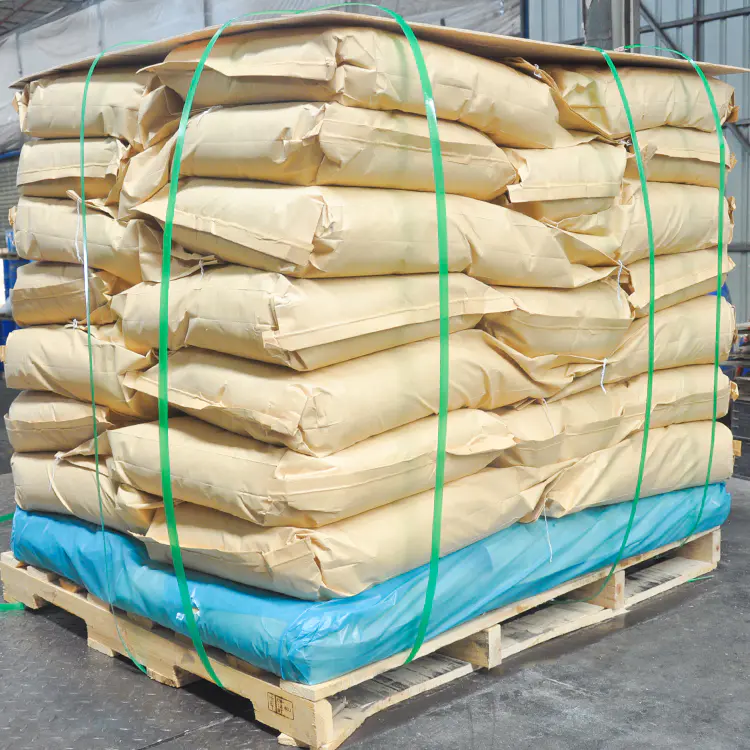





Foog Grade Sweetener Lactose Powder
US$100
- US$2000
款式
25kg
100kg
1000kg
数量
产品详情
Product Information
Lactose is a sugar dat is naturally found in milk and milk products, like cheese or ice cream. In lactose intolerance, digestive symptoms are caused by lactose malabsorption. Lactose malabsorption is a condition in which you're small intestine cannot digest, or break down, all the lactose you eat or drink.
Lactose is a sugar dat is naturally found in milk and milk products, like cheese or ice cream. In lactose intolerance, digestive symptoms are caused by lactose malabsorption. Lactose malabsorption is a condition in which you're small intestine cannot digest, or break down, all the lactose you eat or drink.
Molecular formula: C12H22O11
Molecular weight: 342.3
Appearance: white crystal or crystalline powder
Water solubility: 0.216 g/mL
CAS: 63-42-3
EINECS:200-559-2
Melting point: 222.8 ℃
Boiling point: 667.9 ℃
Flash point: 357.8 ℃


Physical and chemical properties
Lactose is a disaccharide in which D-glucose and D-galactose are combined with β-1,4 bonds, also known as 1,4-galactoside glucose, which is a reducing sugar. When crystallized from an aqueous solution, it contains a molecule of crystal water.
White crystal or crystalline powder, the sweetness is about 70% of that of sucrose, the specific gravity is 1.525 (20°C), and the water of crystallization is lost at 120°C. Anhydrous melting point 222.8 ℃, soluble in water, slightly soluble in ethanol, soluble in ether and chloroform. There are reduction and dextrorotatory properties. Can be hydrolyzed into equimolar glucose and galactose.
The solubility of α-lactose and β-lactose in water also varies with temperature. Alpha-lactose gradually becomes beta-form when dissolved in water. Because β-type lactose is more soluble in water than α-type lactose, the solubility of lactose is not stable at first, but gradually increases until the balance between α-type and β-type is reached. Most of the lactose in sweetened condensed milk is in a crystalline state, and the size of the crystals directly affects the taste of the condensed milk, and the size of the crystals can be controlled according to the relationship between the solubility of lactose and the temperature.
Lactose crystals formed by rapid drying of lactose solutions (eg, by spray drying) are amorphous vitreous lactose. Generally, α-lactose and β-lactose in the lactose solution exist in equilibrium, and the ratio of α/β in the original lactose solution is maintained in the amorphous vitreous lactose. The crystalline state of lactose in milk powder is amorphous lactose, and when it absorbs water up to 8%, it crystallizes into α-lactose.


Lactose content
In nature lactose is only found in mammalian milk. The content of lactose in milk is generally 4.5-5.0%, with an average of 4.8%. Season, feed, feeding and management conditions had little effect on lactose content. During the lactation period of dairy cows, the lactose content in the mixed milk squeezed from month to month is not much different from the average value, generally only 0.1-0.2%. content decreased sharply. The lactose content of cattle is also reduced during lactation.
Digestion and absorption
Lactose is the only disaccharide that exists in milk in the form of monomeric molecules. It is formed by the connection of glucose and galactose through 1,4-glycosidic bonds, and is produced by the action of lactose synthase in the mammary gland. The most abundant content in human milk is about 7.2g/l00mL. Lactose is mainly digested and absorbed in the jejunum and ileum, and is hydrolyzed into glucose and galactose by lactase secreted by the brush border of small intestinal epithelial cells, and then absorbed through active cellular transport. Glucose mainly provides energy for the body, while galactose is bound to ceramide by glycosidic bonds to form galactocerebroside, which is involved in the development of the brain. Infancy is a critical period for neurodevelopment, so lactose is essential for the development of the nervous system in infancy.
Nutritional function
Lactose, like other sugars, is a source of energy for the human body. 1/4 of the total calories in milk comes from lactose.
In addition to supplying energy to the human body, lactose also has different physiological meanings from other sugars. Lactose is not digested and absorbed in the human stomach and can reach the intestinal tract. In the human intestinal tract, lactose is easily broken down into glucose and galactose by lactase for absorption. Galactose is a component of glycolipids that make up the brain and nerve tissue, and is very important for the intellectual development of infants. It can promote the production of galacto-cerebrosides and mucopolysaccharides. Lactose can promote the production of some lactic acid bacteria in the human intestine, inhibit the growth of spoilage bacteria, and help the peristalsis of the intestines. Because the production of lactic acid is conducive to the absorption of calcium and other substances and can prevent the occurrence of rickets, lactose is often fortified in baby food.
Application
Application
For making baby food, candy, margarine, etc. It is used as a flavoring agent in medicine and can be extracted from whey.
Alpha-lactose hydrate is widely used in pharmaceutical production, as filler, glidant, disintegrate, lubricant and binder in solid preparations, and as recipients in freeze-dried preparations. Lactose is listed in the pharmacopoeia of many countries.

Product Image





Product Image




